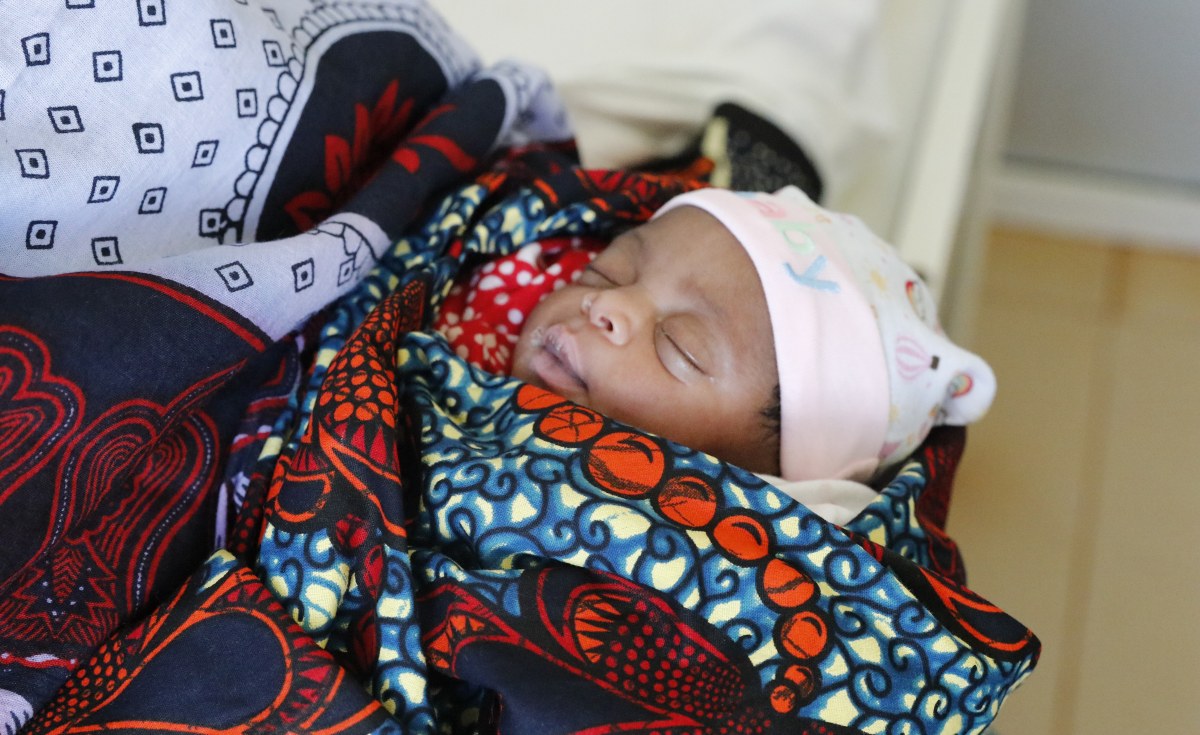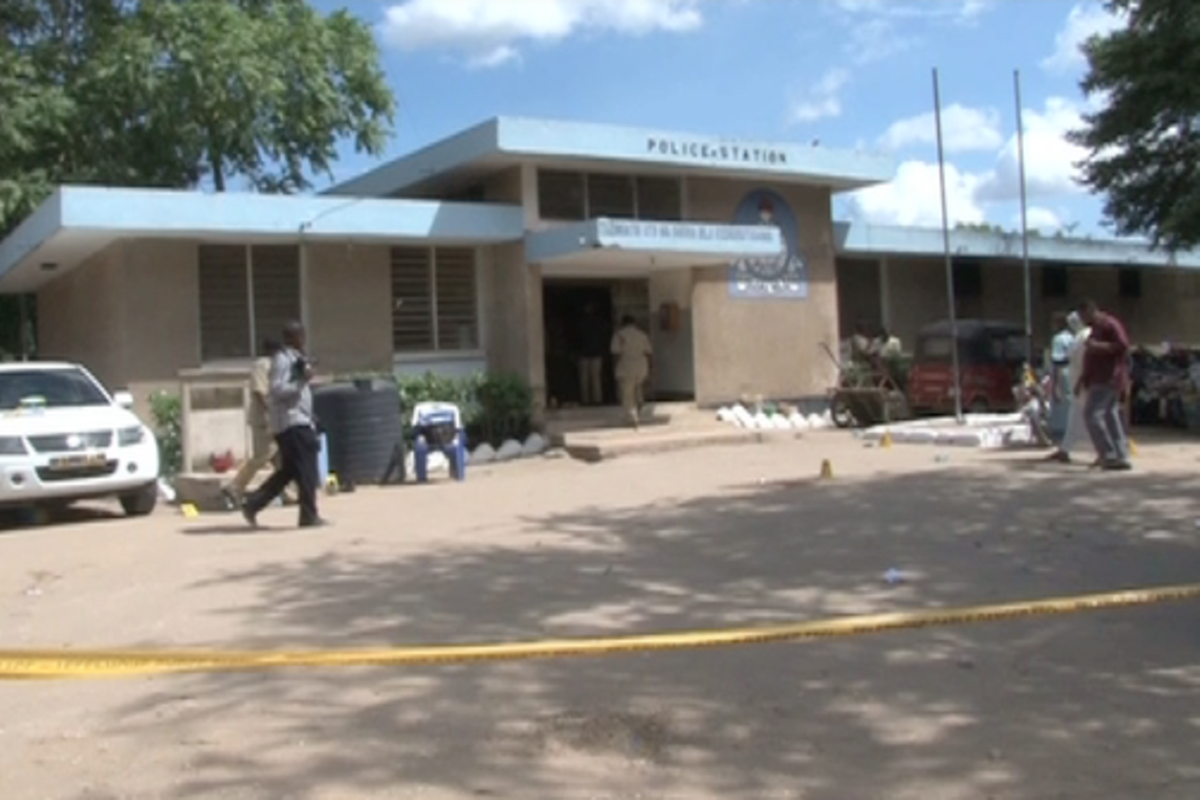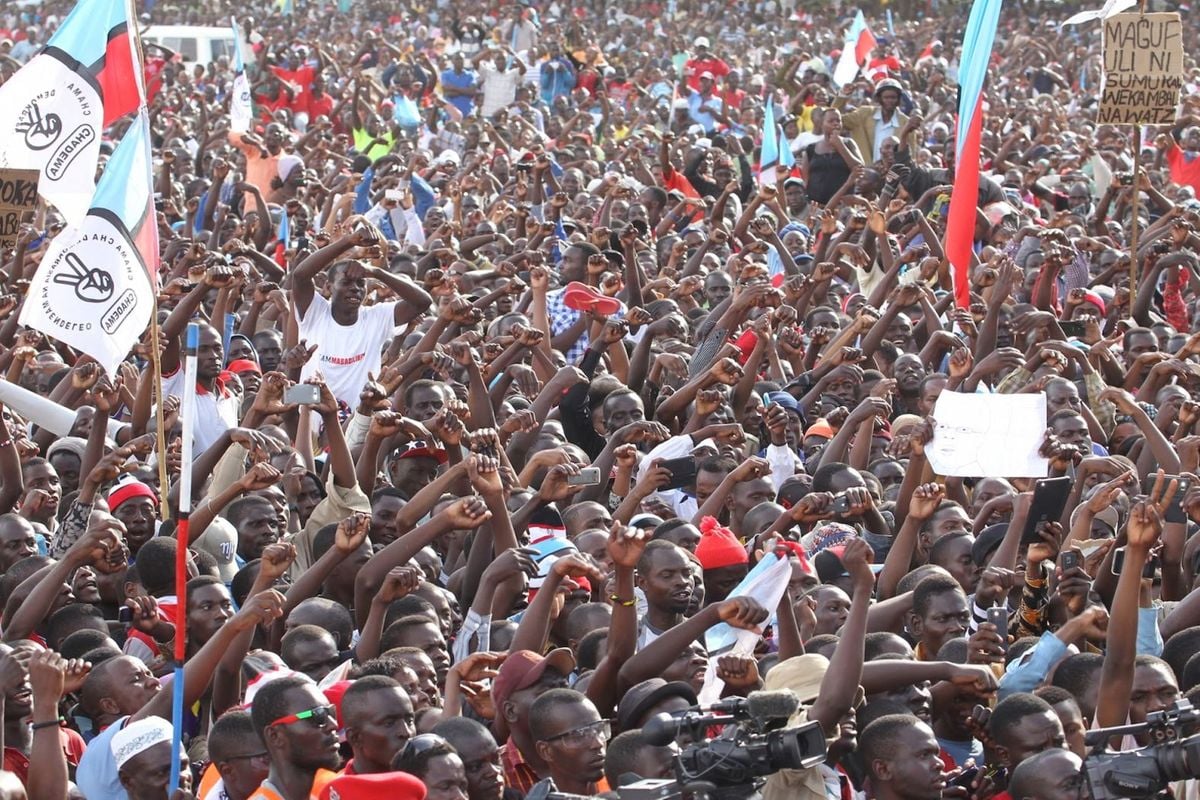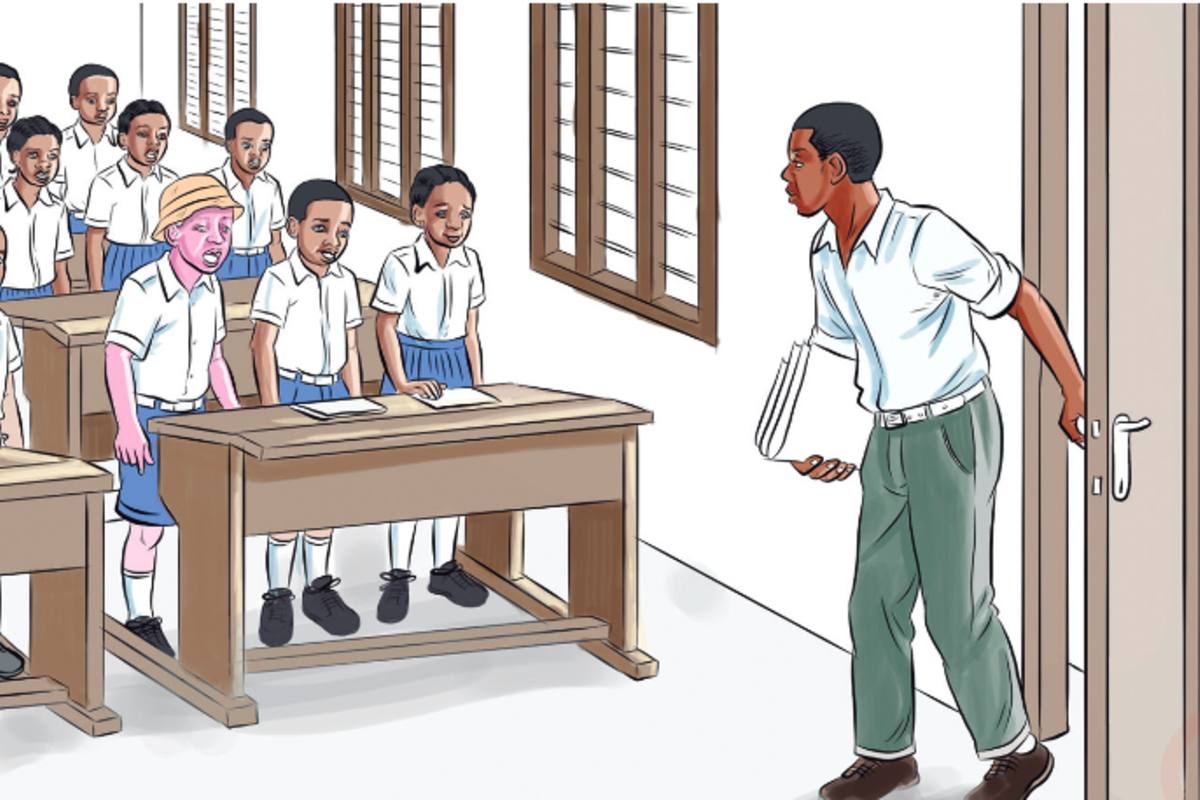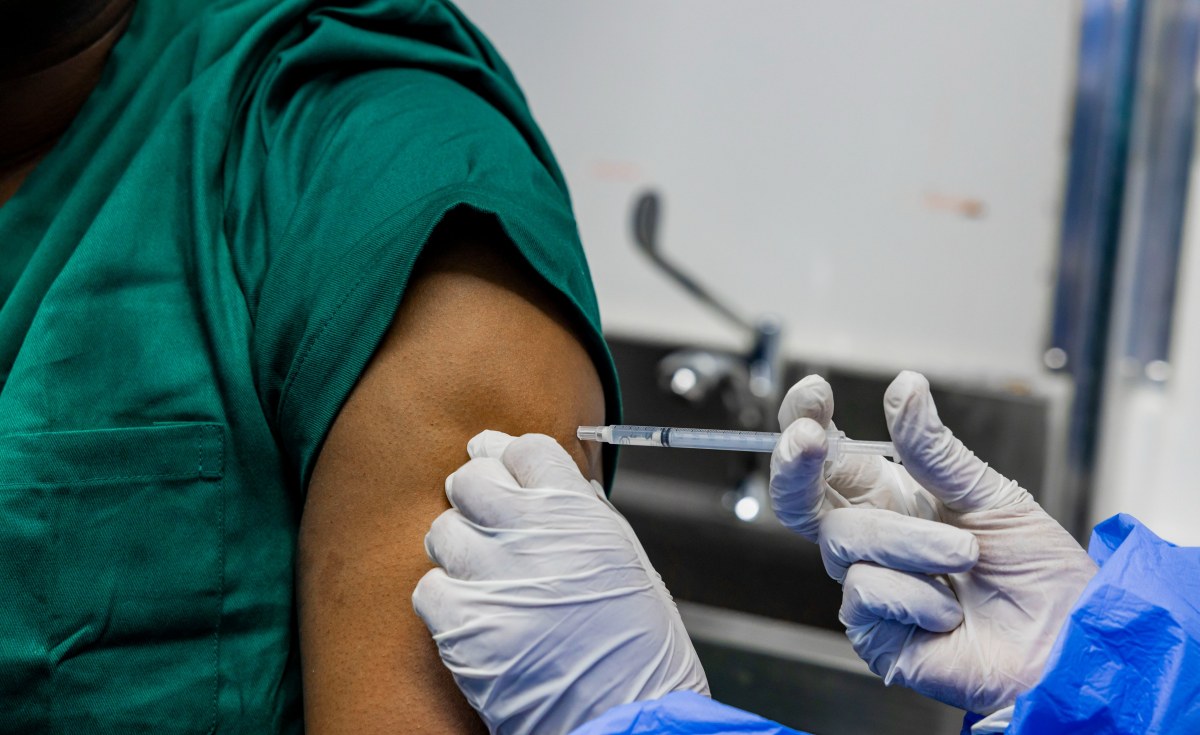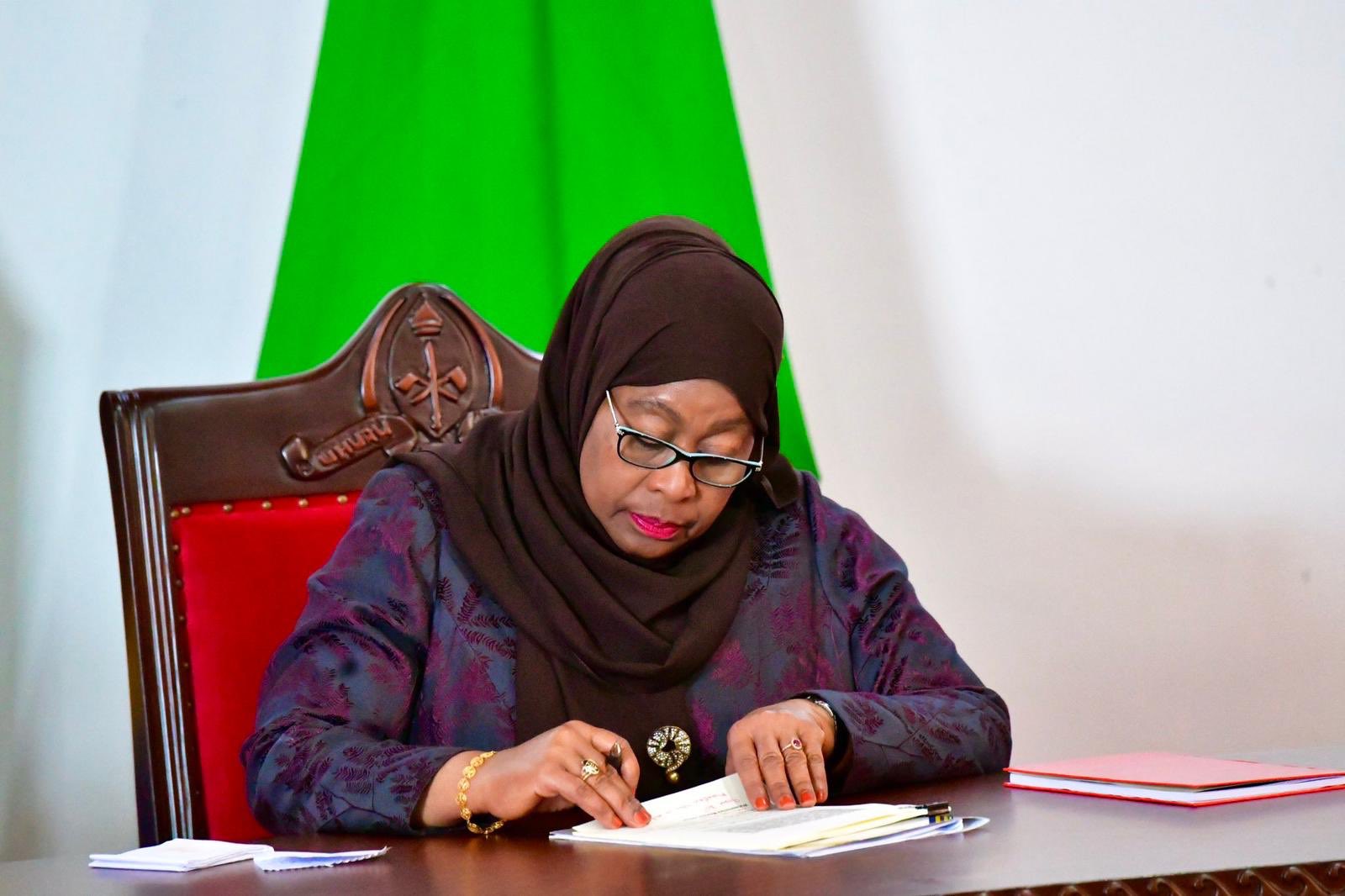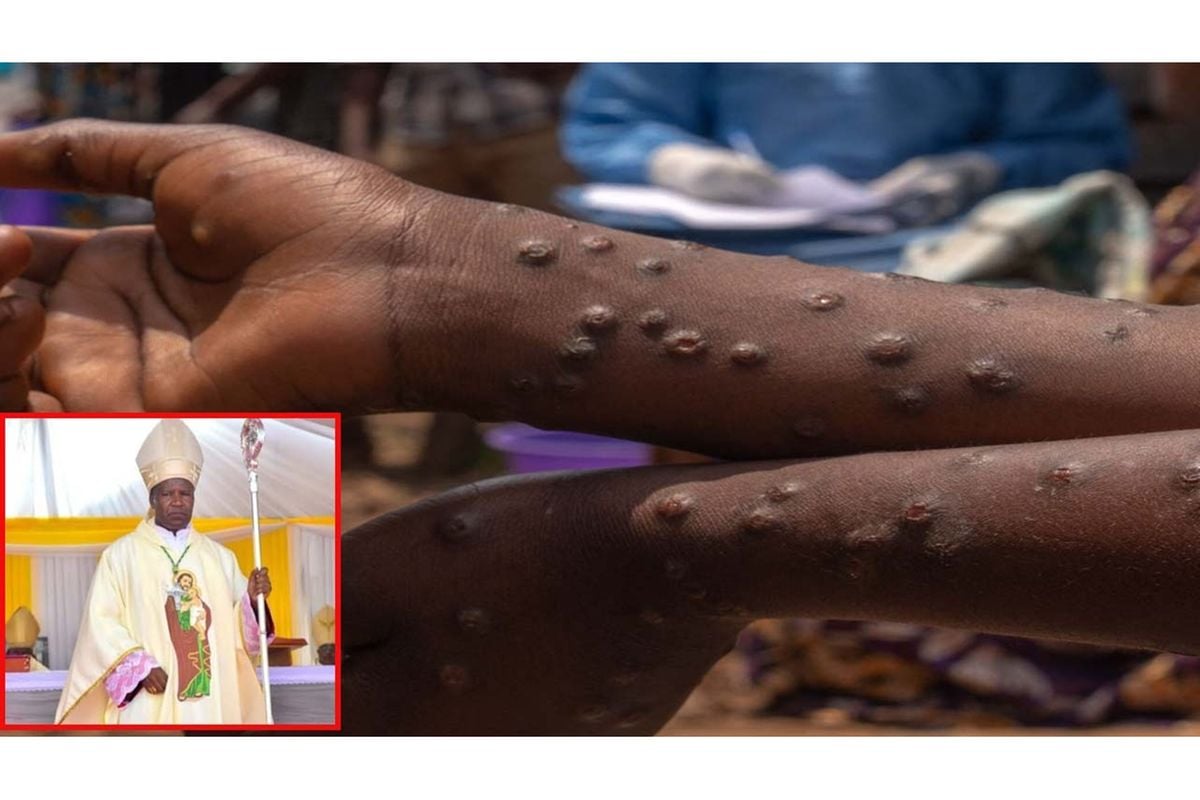Dar es Salaam. Motorists in Dar es Salaam and other major cities in Tanzania will, with effect from today, start paying higher prices for petroleum products after the announcement of new prices.
The Energy and Water Utilities Regulatory Authority (Ewura) has announced an increase in the price caps for petroleum products in the country, effective Wednesday, March 6, 2024.
For the month of March, the retail prices of fuel in the Dar es Salaam region are set at Sh3163 per liter for petrol, Sh3126 for diesel, and Sh2840 for kerosene.
Ewura stated that the changes in fuel prices are attributed to an increase in the prices of refined oil in the global market (FOB) by an average of 4.5 percent for petrol and 1.99 percent for diesel, as well as rising import costs (premiums) at the Dar es Salaam Port by an average of 15.38 percent for petrol and 40.41 percent for diesel, and at the Mtwara Port by an average of 7.61 percent for both petrol and diesel.
Ewura also mentioned that the changes in fuel prices are influenced by the increased use of the euro in paying for imported oil.
It is worth noting that the price caps for petroleum products in the country for the previous month, which took effect on Wednesday, February 7, 2024, were Sh3051 per liter for petrol, Sh3029 for diesel, and Sh2840 for kerosene in the Dar es Salaam region.
In other regions, such as Arusha, the country’s tourist capital, a litre of petrol retails at Sh3,247, diesel at Sh3,211, and kerosene at Sh2,924.
Motorists in the capital city, Dodoma, will fork out Sh3,222 for a litre of petrol, Sh3,185 for diesel, and Sh2,899 for Kerosene.






